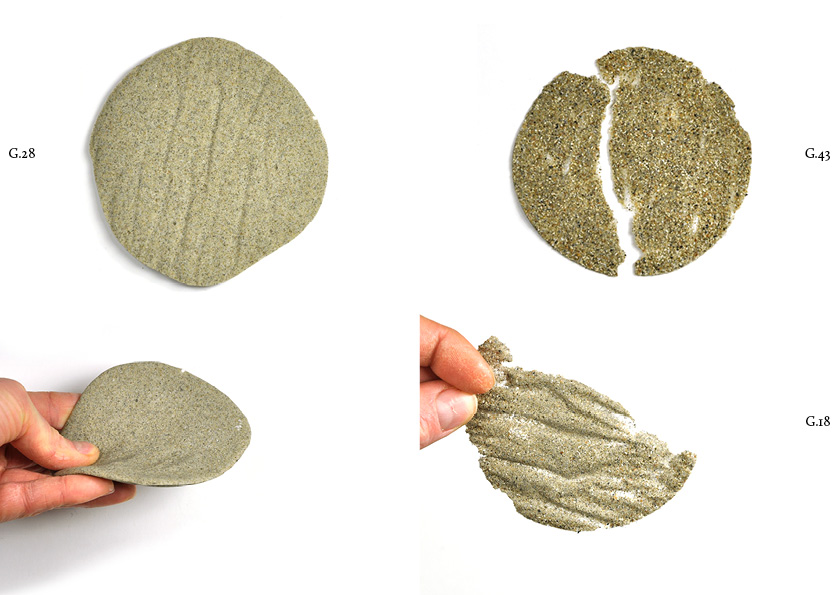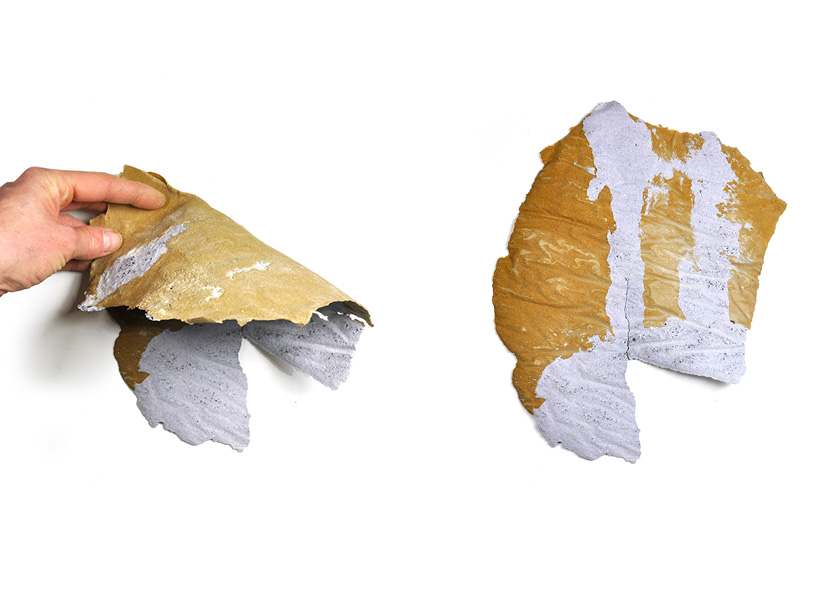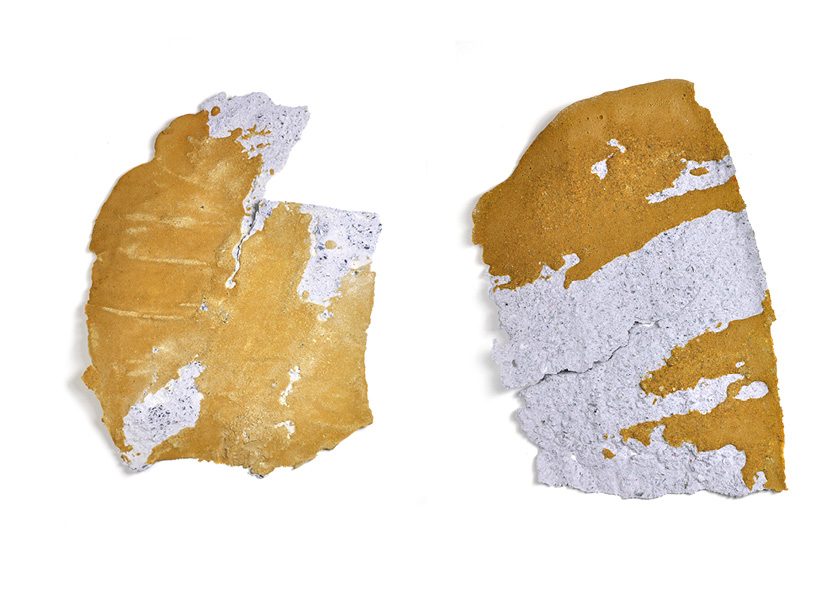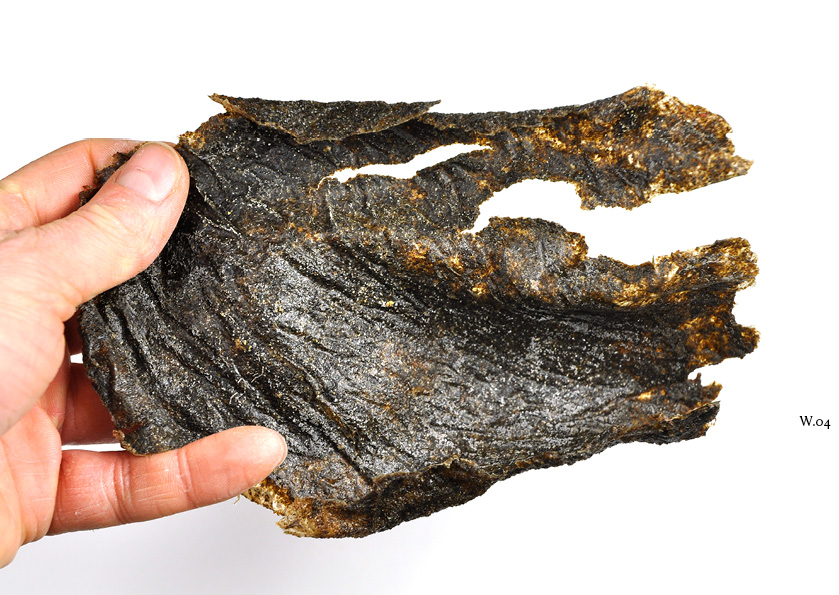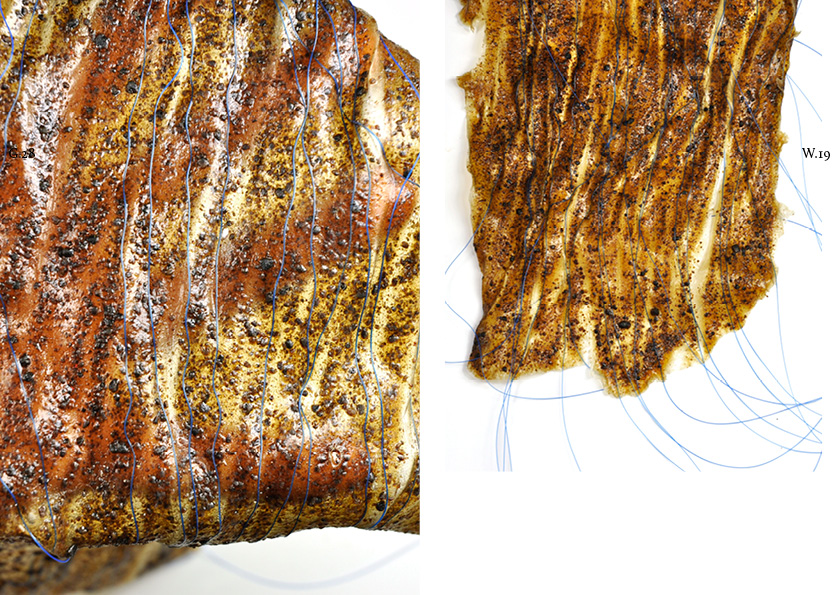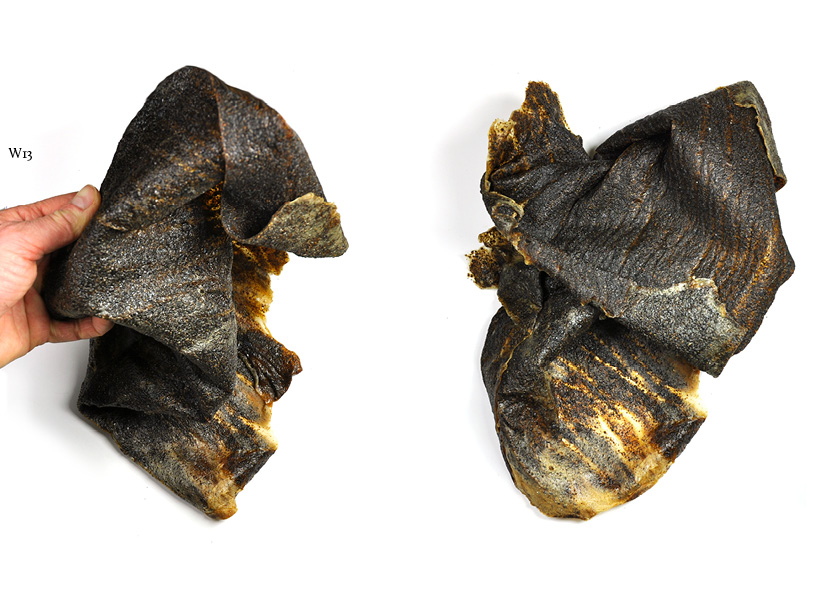Material library
The material library was the first step in the Memory of the Sea project. The initial idea was to explore how a landscape could be represented through its materials and how these materials contribute to a place's identity. The project focuses on developing a transferable working method, using Zeeland as a case study.
Creating new materials serves as a medium to understand the environment and its geo-situation. The project situates the making within the context of resources and their influence on our understanding of place, specifically the seascape. By collecting and processing materials, I began building a library of Zeeland's identity. This process also fostered an understanding of the landscape from a design research perspective.
The following samples are created from materials found in Zeeland, including oyster shells, seaweed, sand, ropes, fishing nets, bottles, cans, plastic trash, crab shells, driftwood, bricks, and rust.
Project is awarded with the Starting Grant from Creative Industries Fund NL.
![]()
Creating new materials serves as a medium to understand the environment and its geo-situation. The project situates the making within the context of resources and their influence on our understanding of place, specifically the seascape. By collecting and processing materials, I began building a library of Zeeland's identity. This process also fostered an understanding of the landscape from a design research perspective.
The following samples are created from materials found in Zeeland, including oyster shells, seaweed, sand, ropes, fishing nets, bottles, cans, plastic trash, crab shells, driftwood, bricks, and rust.
Project is awarded with the Starting Grant from Creative Industries Fund NL.

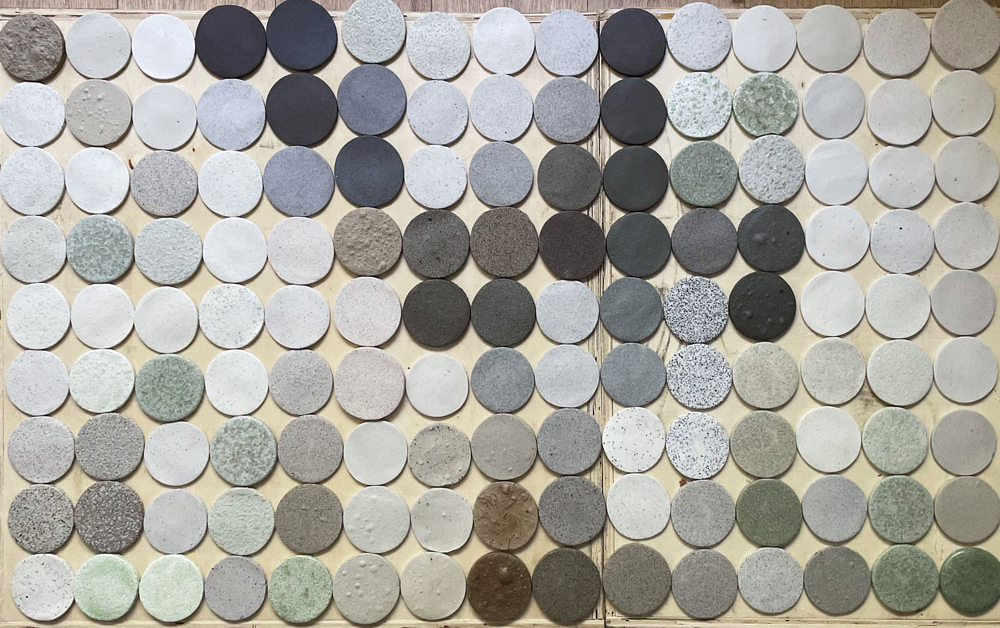
Please scrool down for more!





Please scrool down for more!
Basic materials
– material samples created from mixtures of ground shells, seaweed, sand, driftwood, salt, bricks, and other locally sourced materials, bound with neutral or natural glues. These samples range in color from dark to light and exhibit finishes from homogeneous to patterned, depending on the recipe. They directly capture and transform these materials into usable components with customizable final properties.


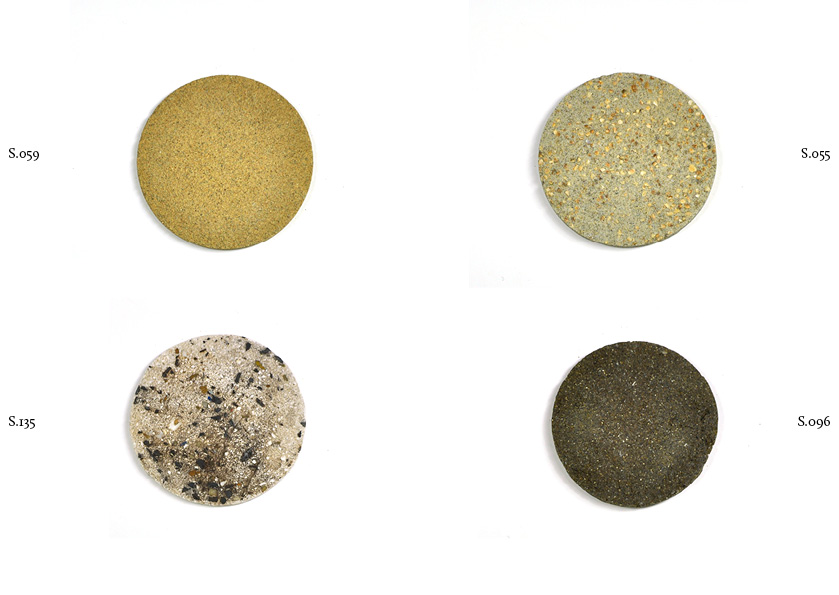

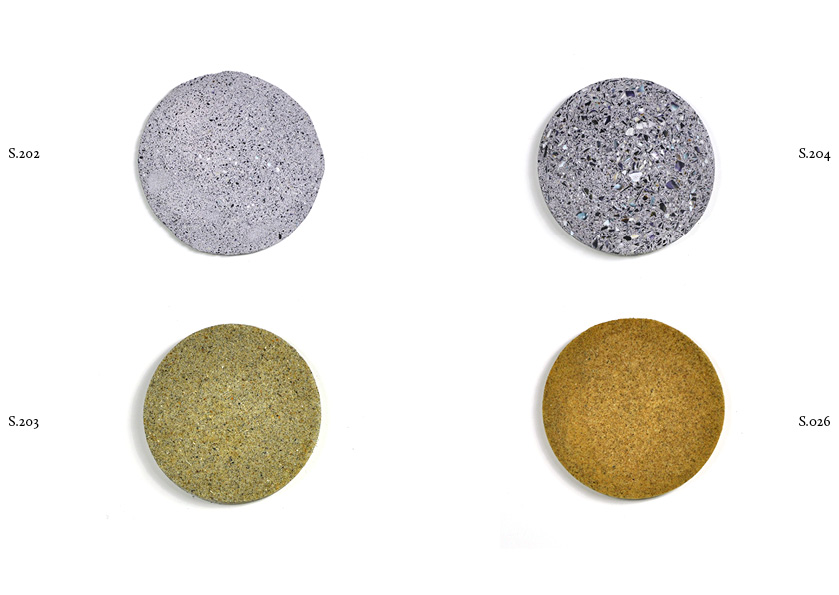


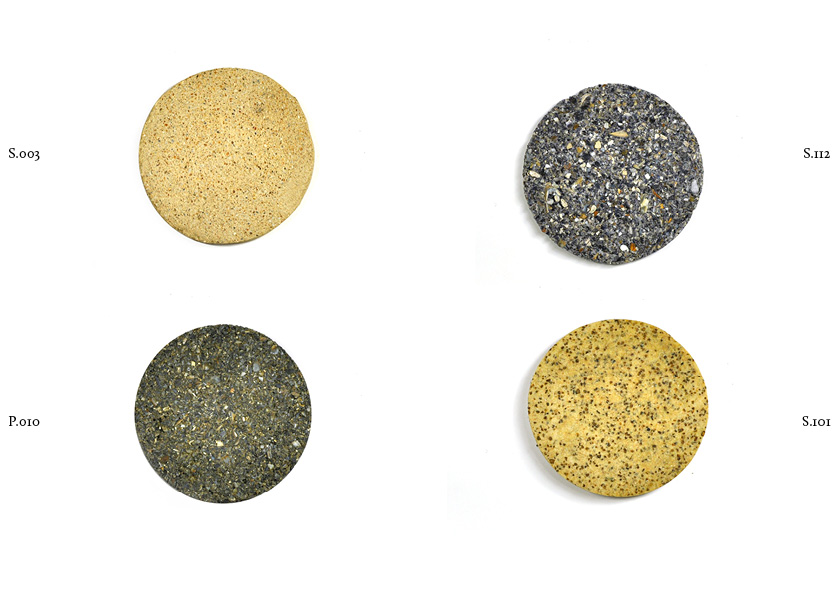
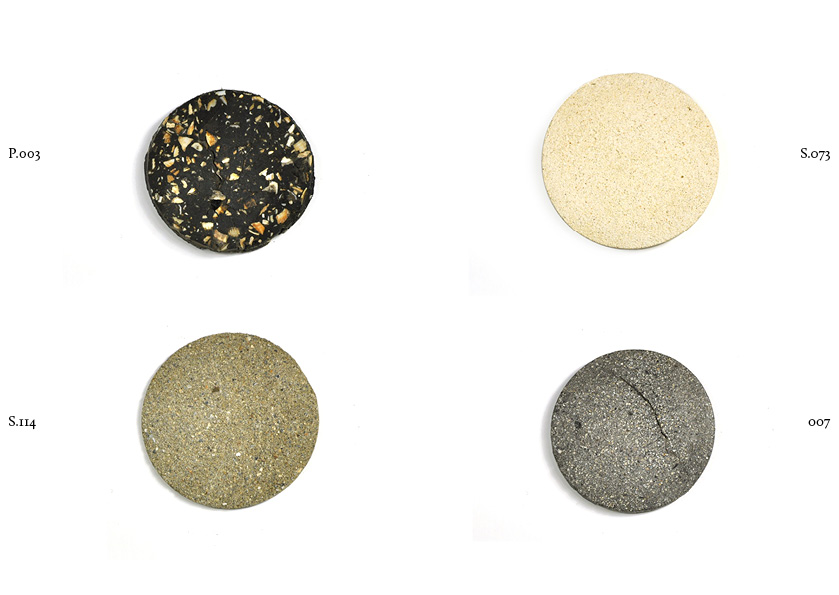
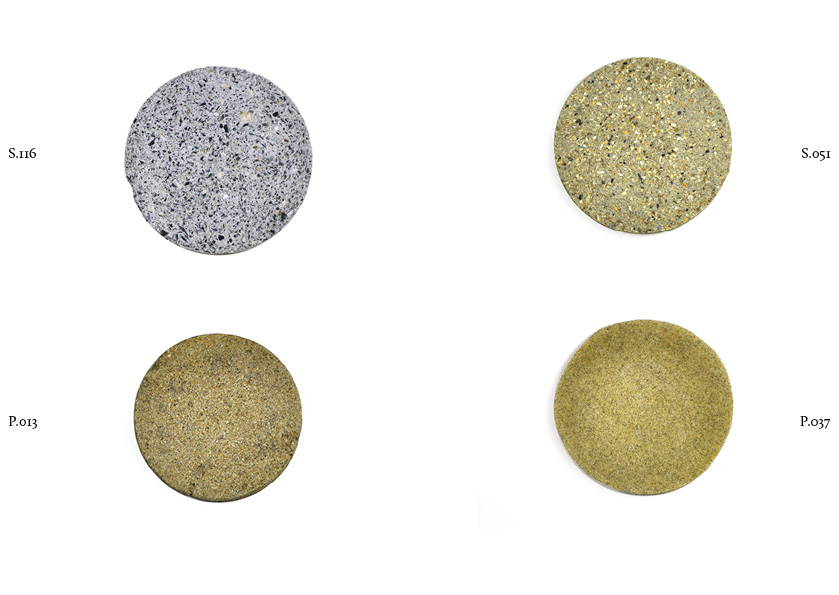





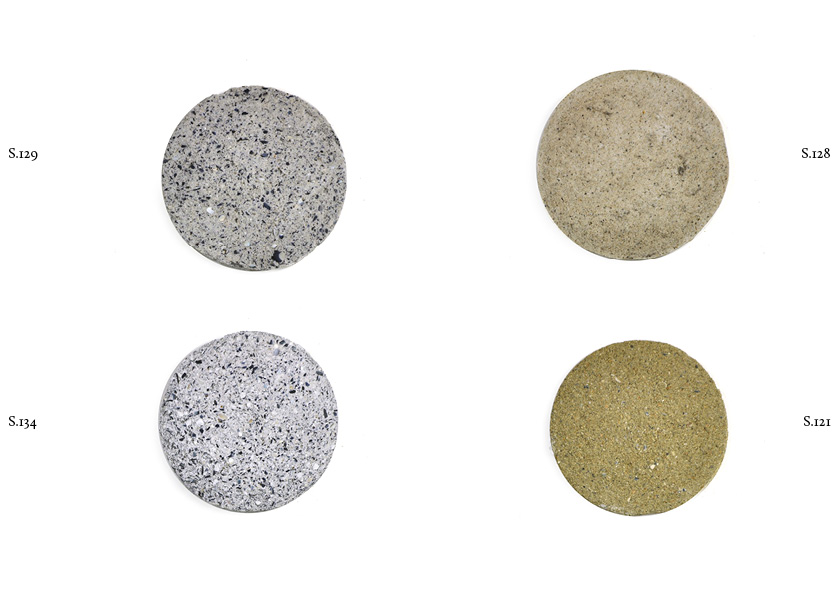







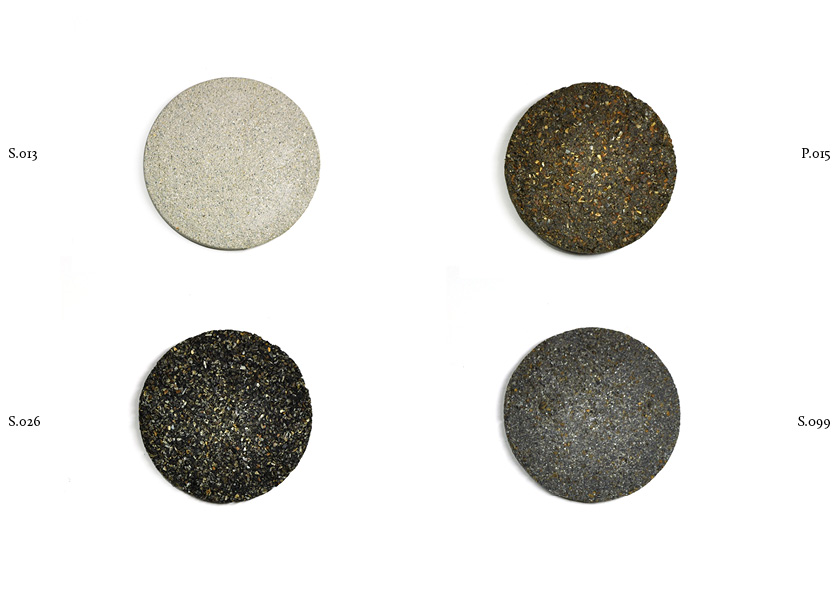
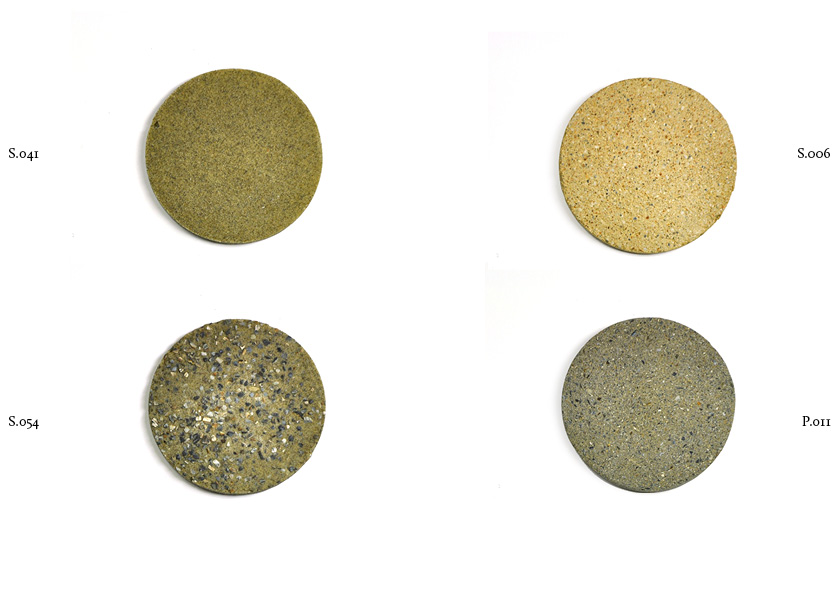

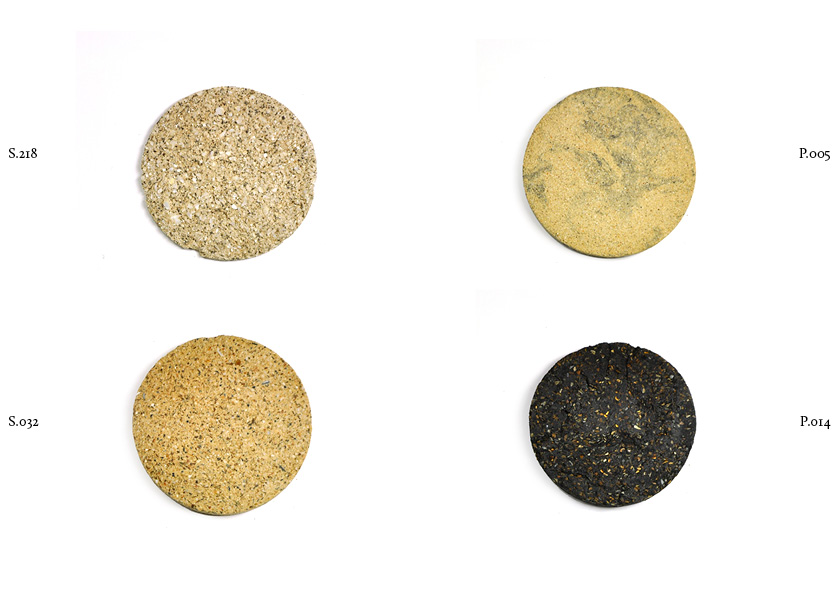
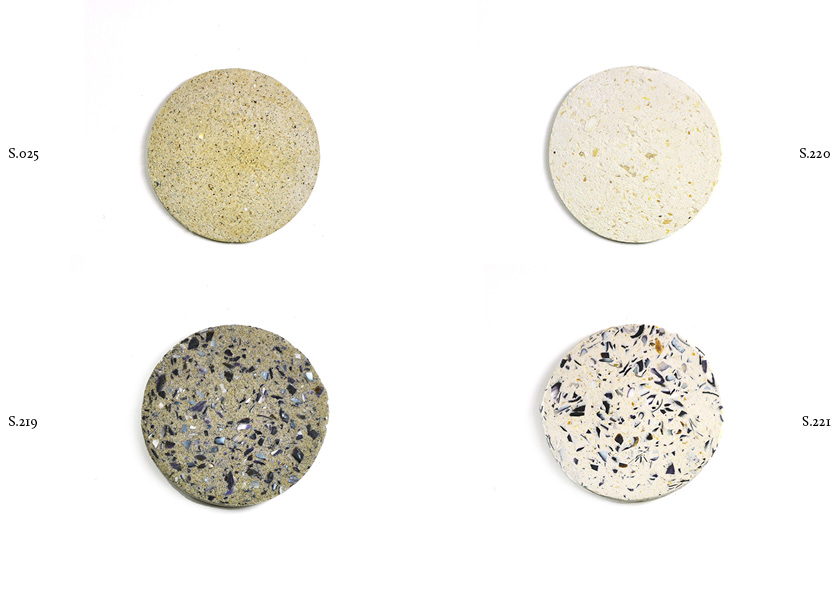
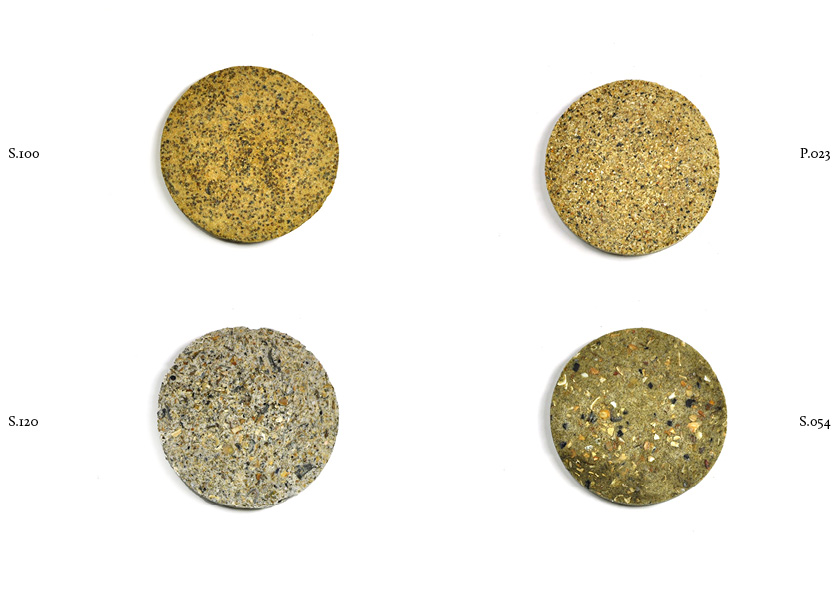

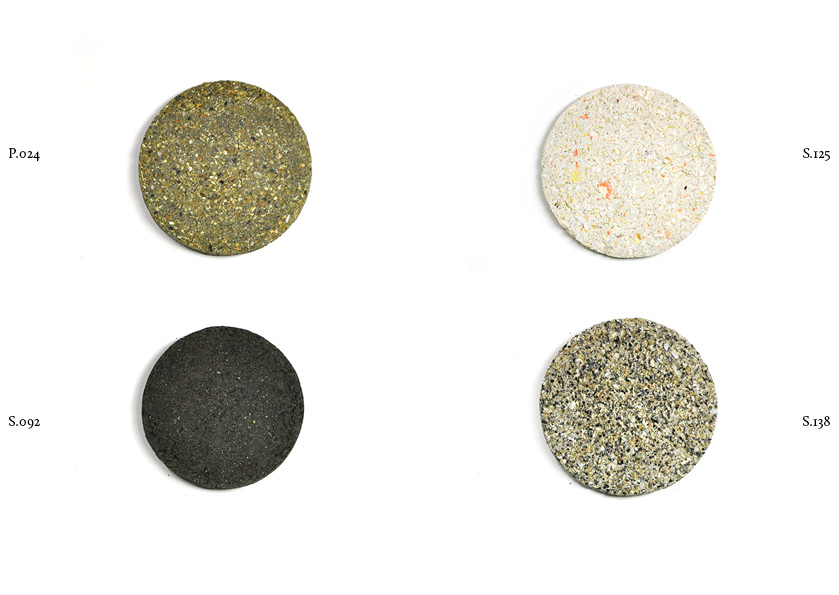

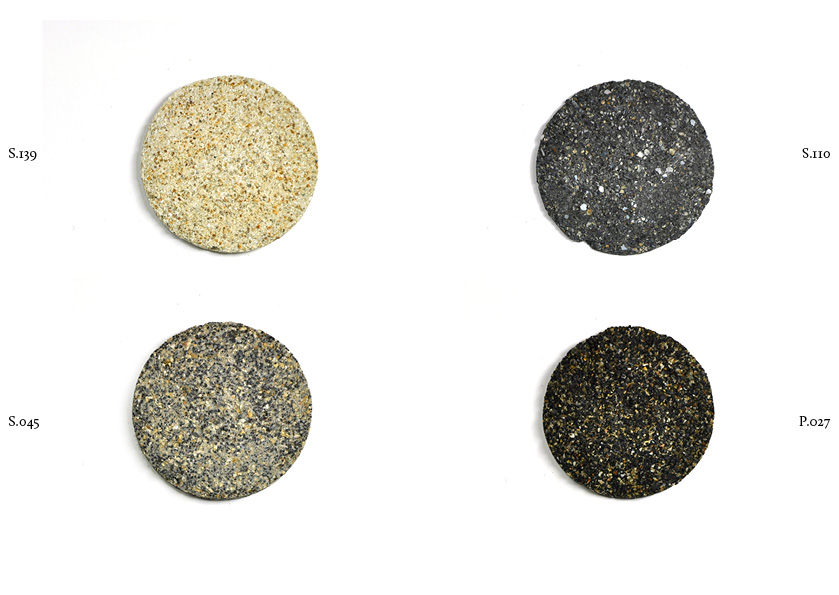
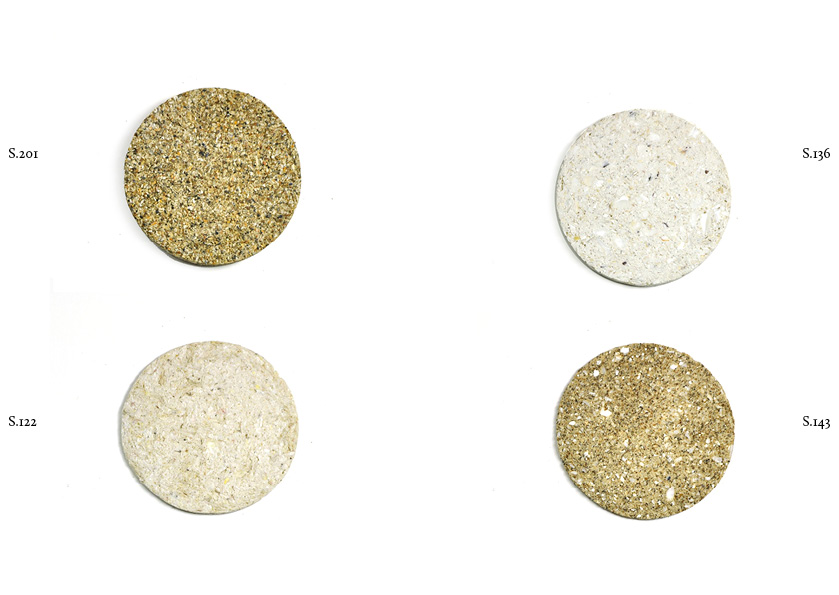

Oyster-concrete
– a set of concrete samples using quicklime derived from oyster shells as the primary binding agent. The addition of gravel and pigments from various locations creates terrazzo-like finishes, each representing a distinct area.

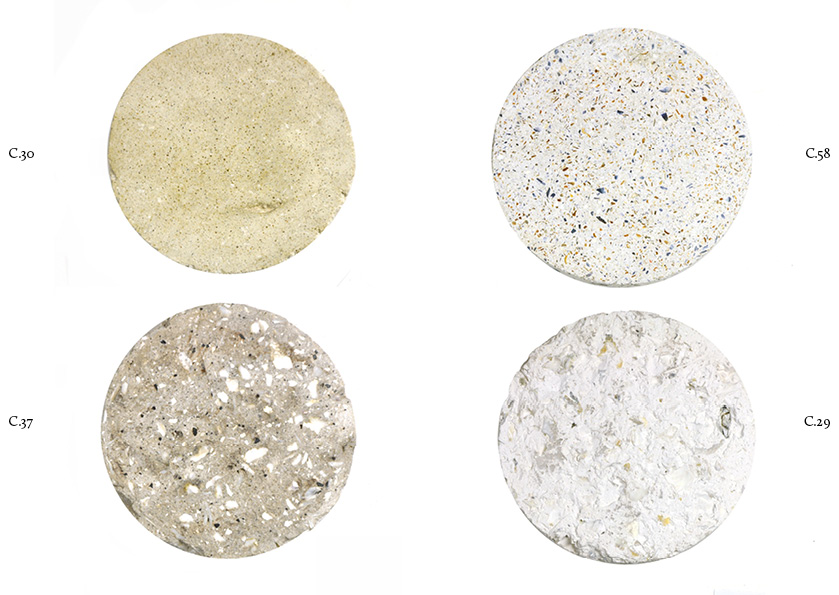
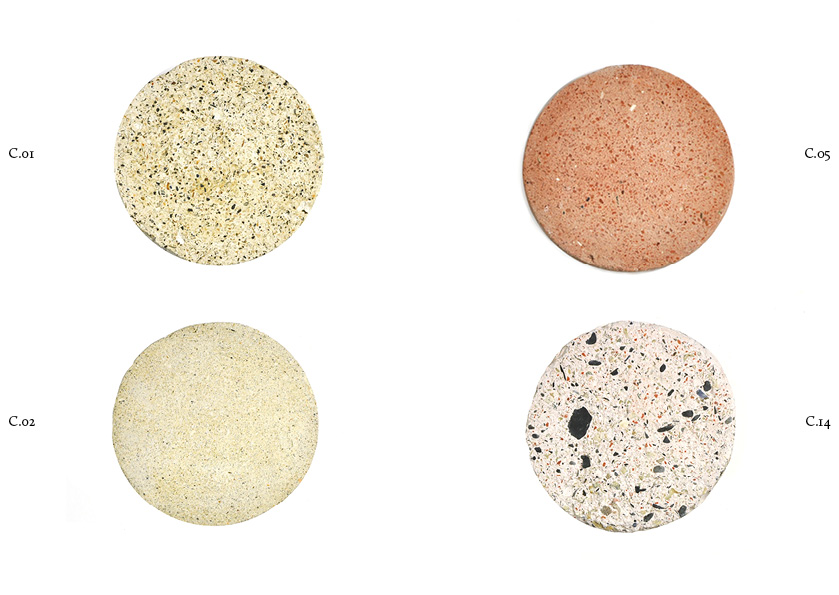
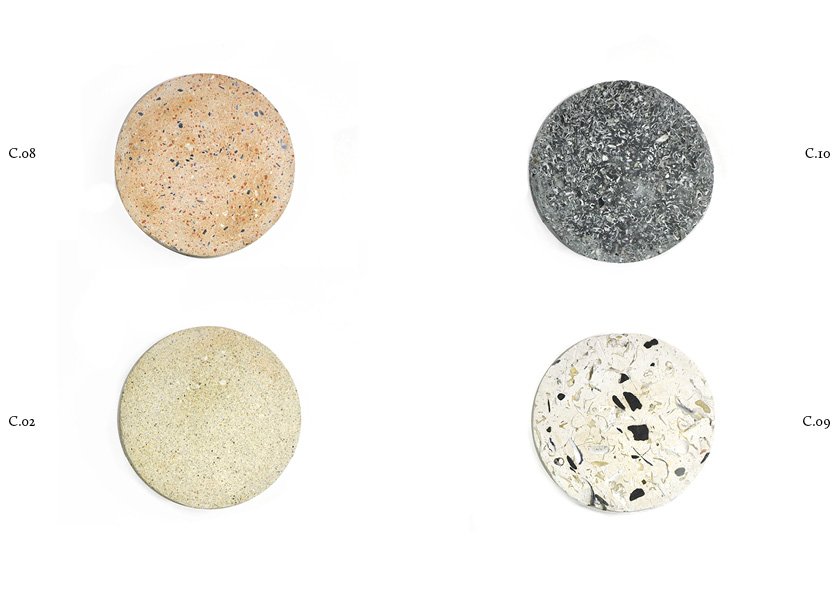

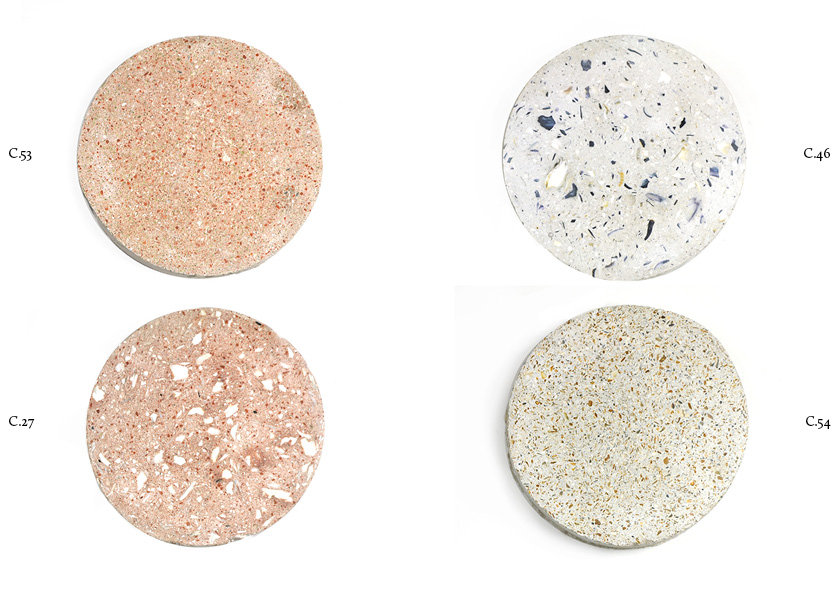

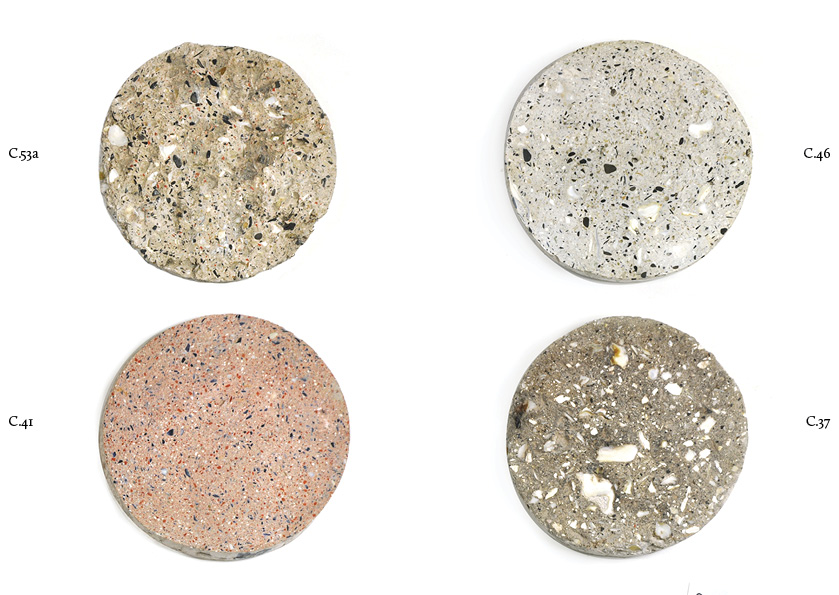
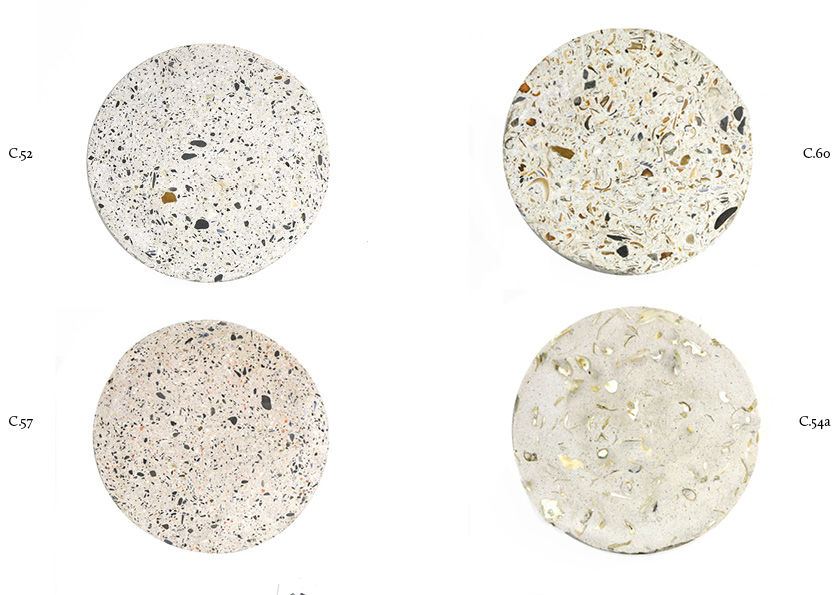
Ceramic samples
– porcelain bodies were combined with additional ingredients to create new composite materials. This process chemically transforms the collected resources, revealing a range of colors and textures.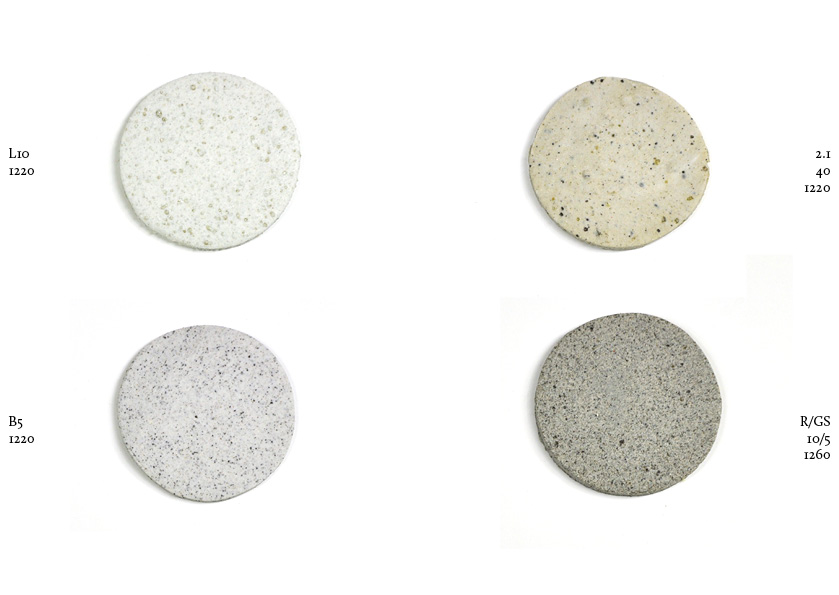




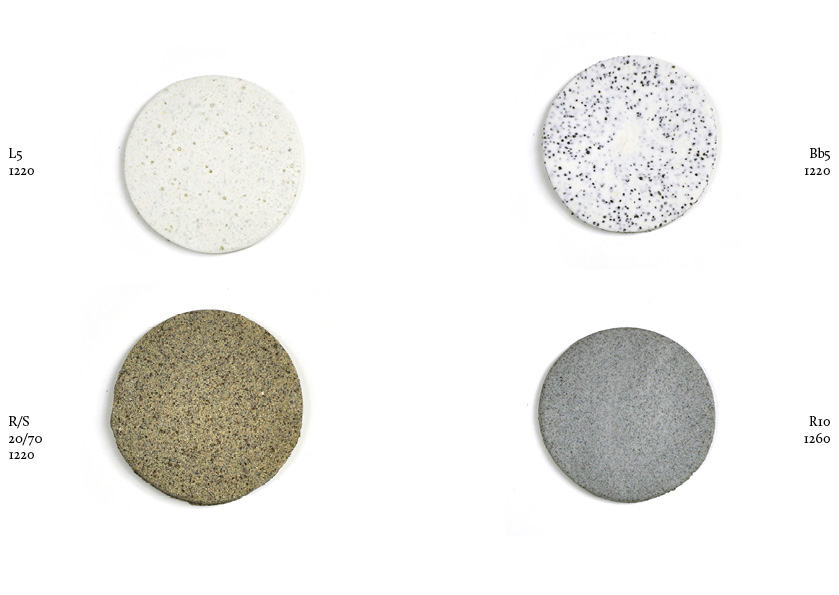
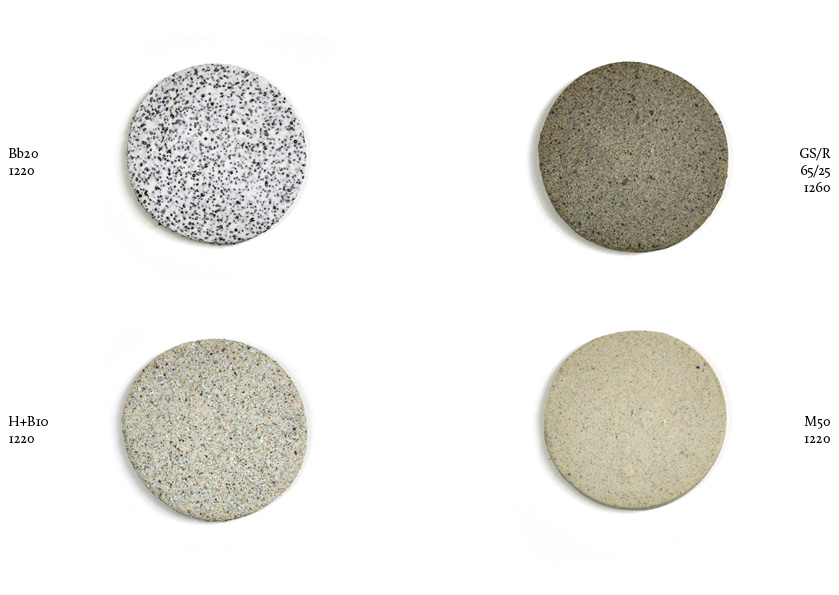
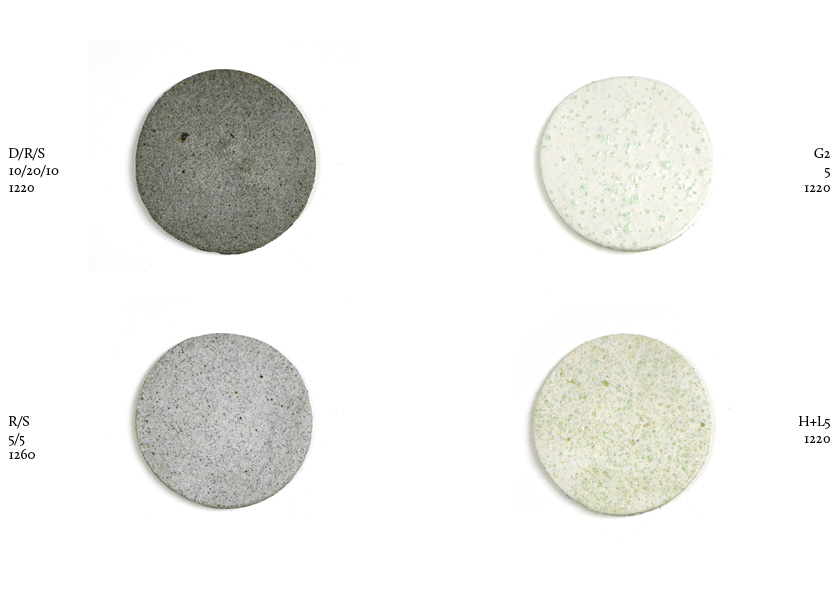
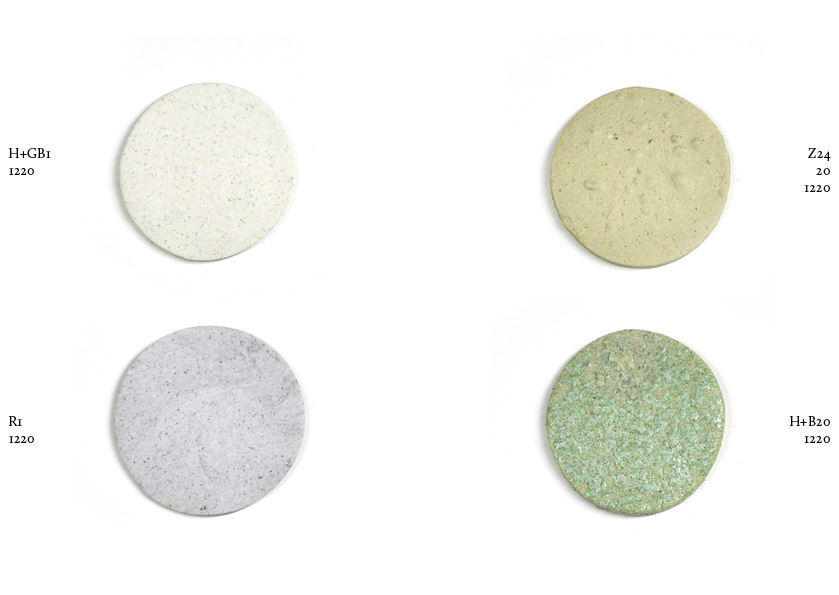

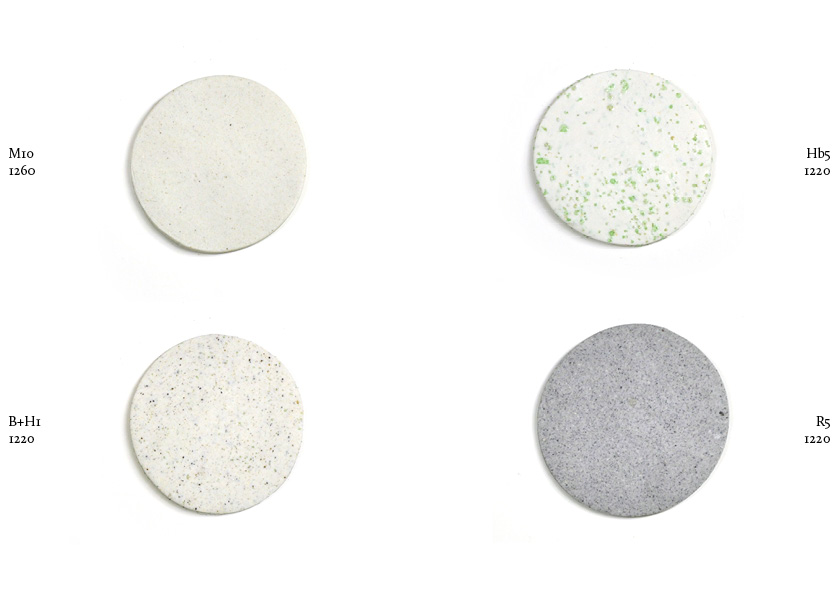



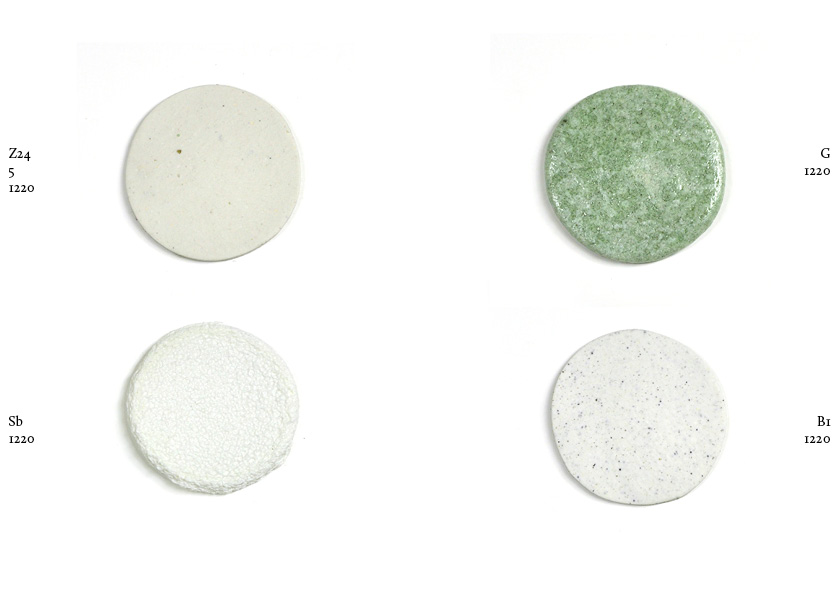
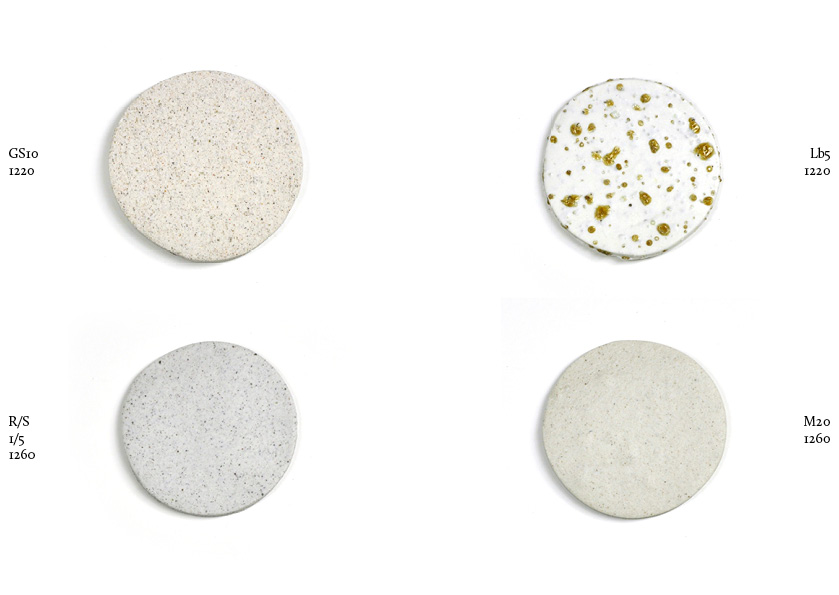
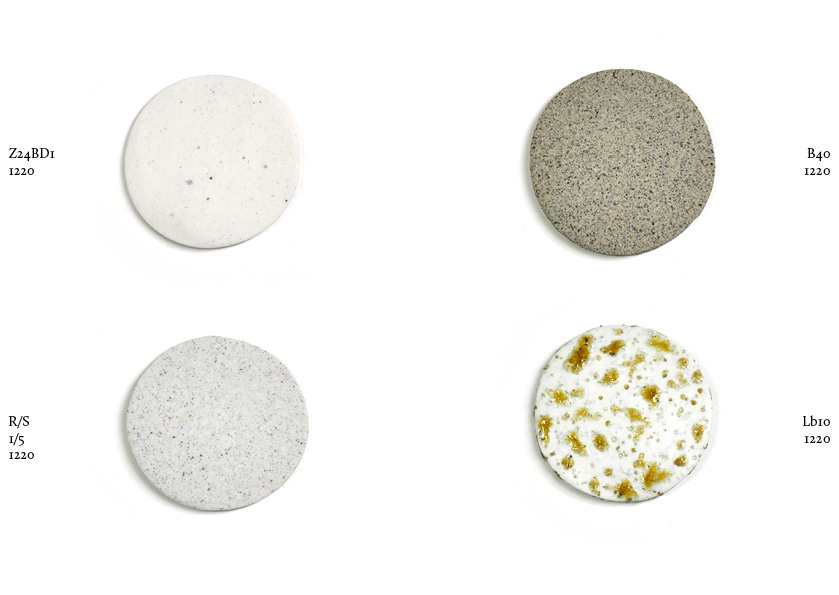

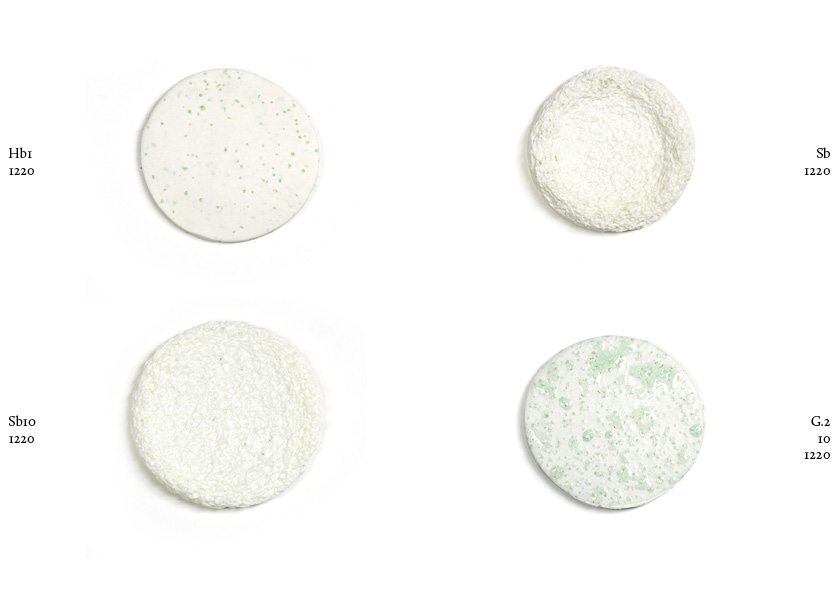

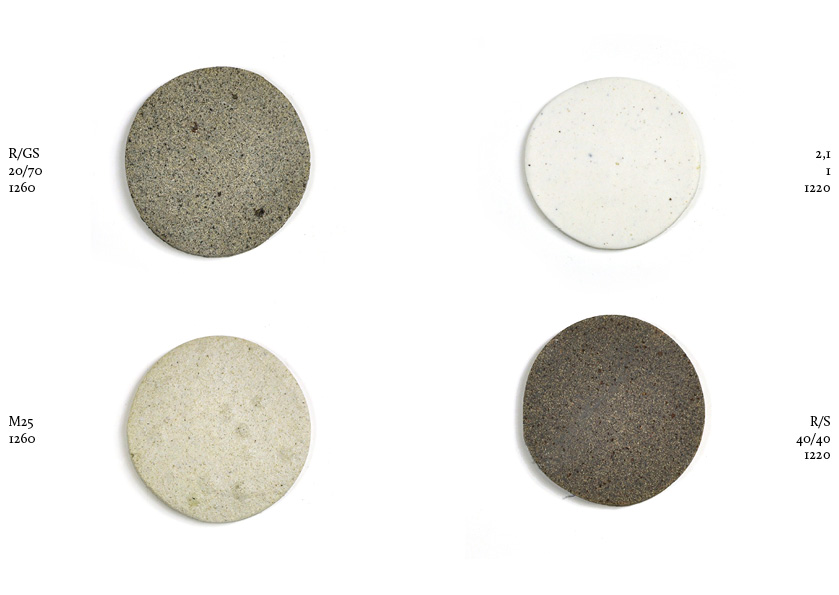

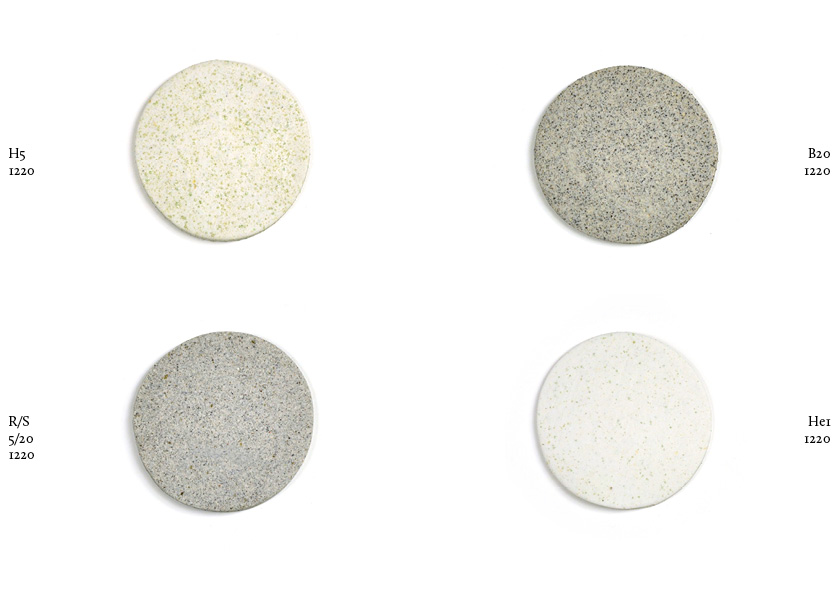






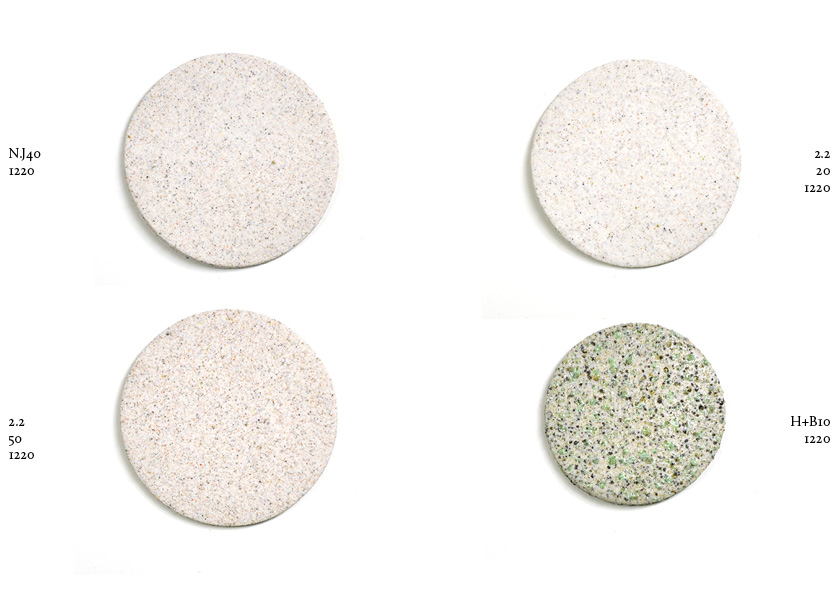
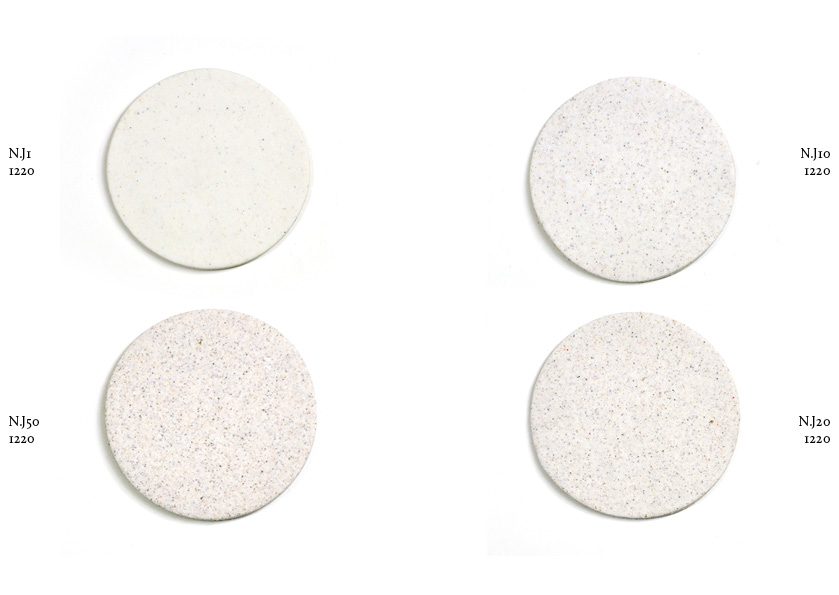


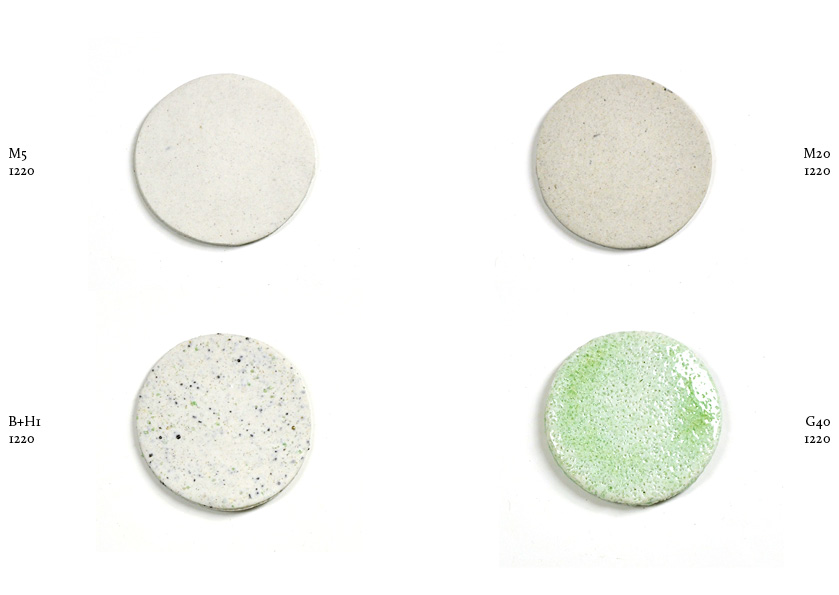



Sea-glazes
— a vast library of ceramic glazes crafted solely from materials collected along the shore. The collection showcases a wide range of colors and shades, reflecting the natural and artificial elements found on the beaches.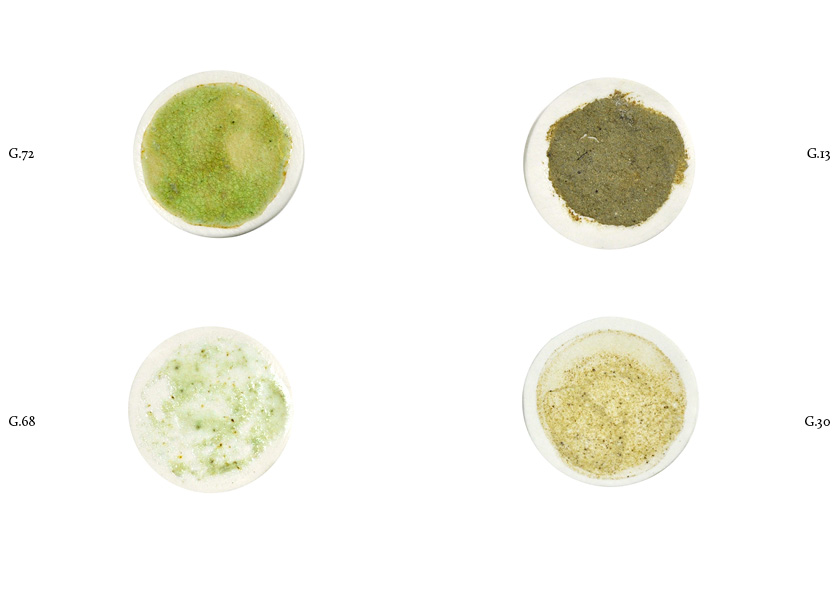
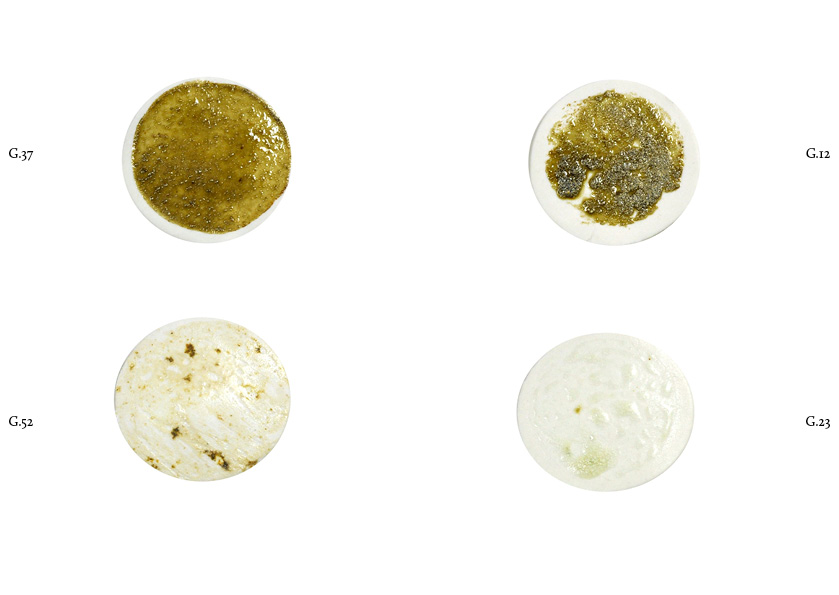

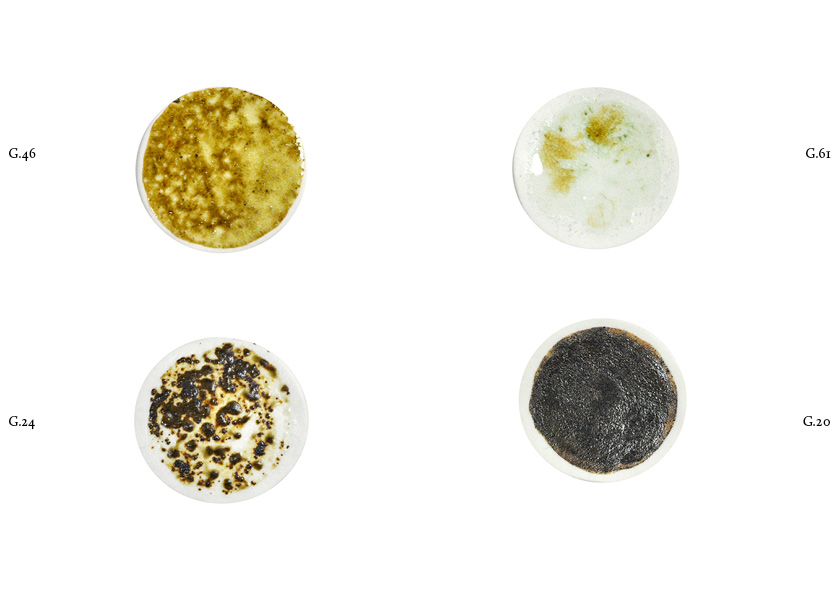

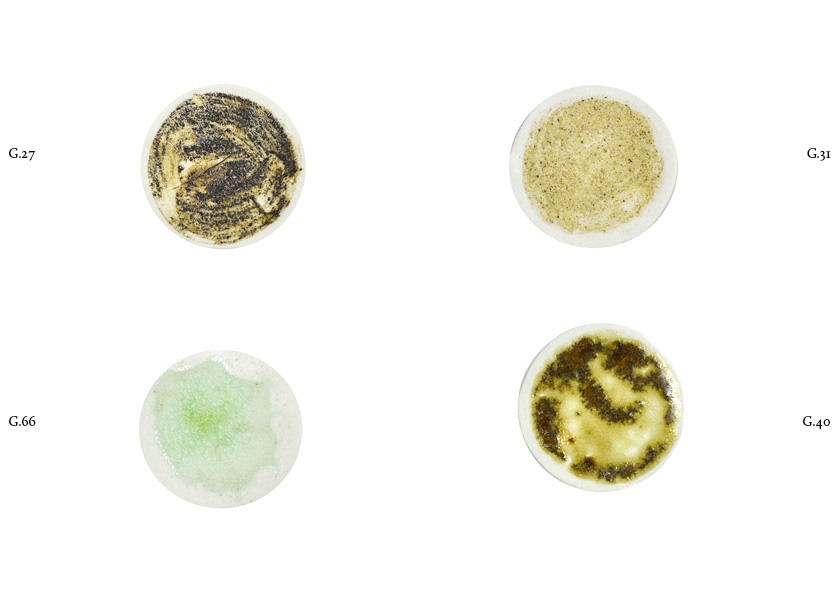

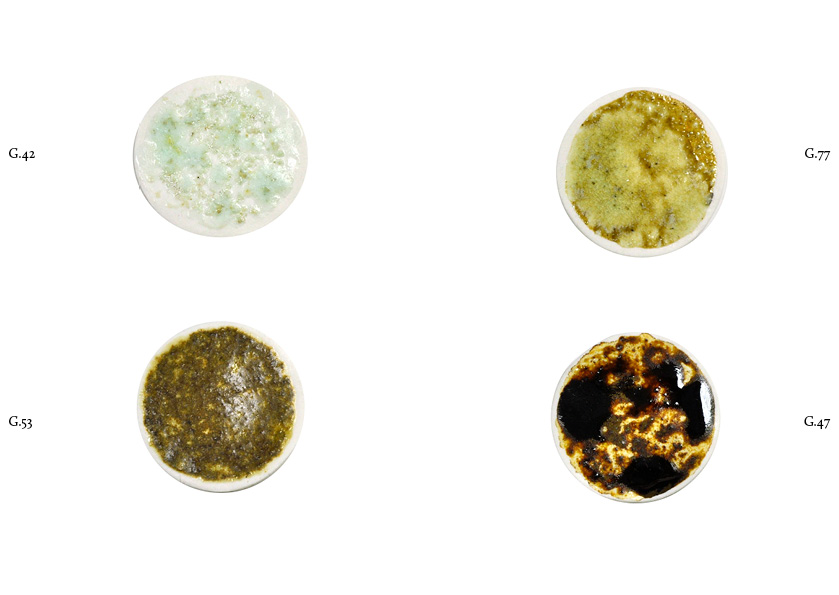

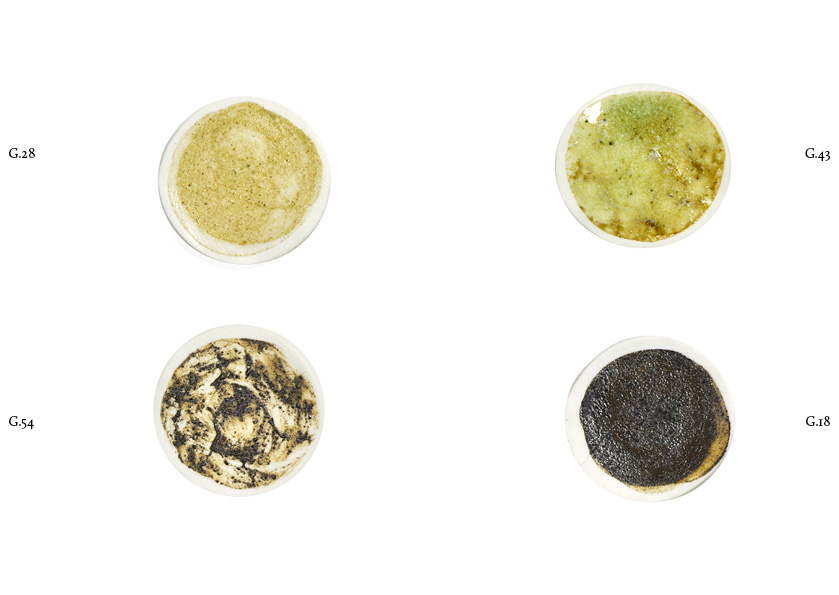



Other biomaterials
– samples created with natural binders as gelatine or agar-agar and with the use of techniques from modern cuisine. Ingredients from the seaside are mixed with organic glues like gelatine and additional additives to get distinctive properties as flexible surfaces. This set of samples has many directions for future exploration and development of the materials.
